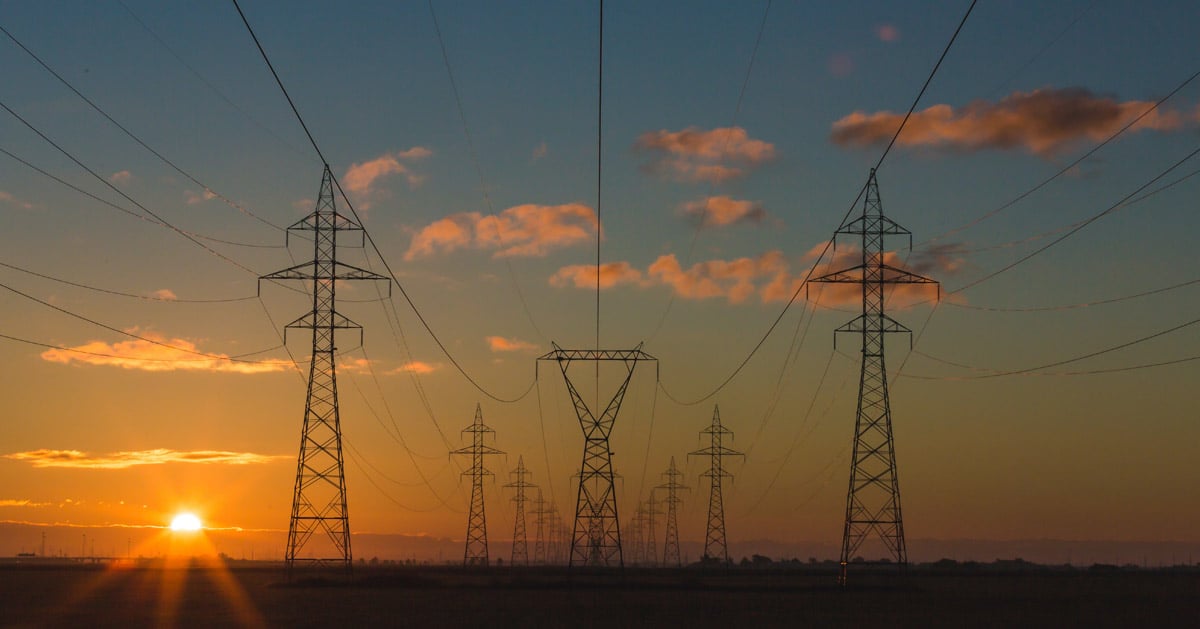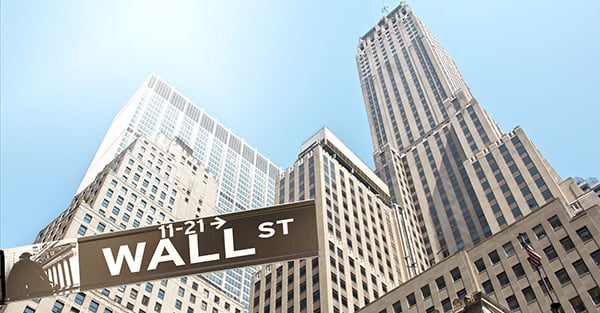When you marvel at New York City’s breathtaking skyline, carbon emissions are probably not the first thing that come to mind. But maybe it ought to be. After all, New York City’s buildings, not the Ubers and Lyfts, generate 70 percent of the city’s greenhouse gas emissions. Chicago’s buildings are in the same predicament, too. According to recent reports from the U.S. Green Building Council, nearly 40 percent of all U.S. carbon emissions come from buildings. Commercial and industrial building stock – our offices, factories, grocery stores, hospitals, data centers and Amazon fulfillment centers – are responsible for the lion’s share of emissions.
The businesses that operate these buildings are tasked with managing a myriad of technologies for lighting, HVAC, refrigeration, and increasingly on-site renewable power and EV charging stations, on top of the day-to-day core business. Some organizations have large facilities teams or outsource the building management, and others operate with limited staff to “keep the lights on.” With many competing priorities, facility management is mostly a maintenance driven activity – “run to fail” and “fix it when it breaks.” Many commercial buildings continue to use inefficient or outdated equipment well beyond its useful life even though more efficient and cost-effective energy technology is readily available. This leaves many buildings with significant deferred maintenance, higher energy bills and higher carbon emissions.
U.S. Buildings Tap into Efficiency for $4B in Energy Savings
Fortunately, we are seeing exciting developments in the private and public sectors to both transform how energy is sourced and reduce demand from buildings. For example, in 2018 nearly 18 percent of U.S. energy was derived from renewable sources like solar, wind, and hydroelectric, a figure that has doubled since 2008. At the City level, New York City recently passed the Climate Mobilization Act to regulate emissions from buildings, and other cities are following suit.
The private sector is also developing new tools to ease the transition– and with a little help from federal agencies more companies are getting smarter about energy management as a proactive money-making opportunity versus a reactive maintenance obligation. For instance, the Department of Energy (DOE), through its Better Buildings Initiative, is creating public-private partnerships and educating the industry on the emerging financial and technology tools available to help buildings of all sizes become more energy efficient by accelerating investment and sharing of successful efficiency best practices.
The participating companies and members of the DOE program have shown that reducing energy consumption and carbon emissions pays huge dividends. It is good news for those organizations worried that complying with emissions-related legislation is going to be costly or disruptive to their business, in fact the 360 members of the Better Buildings Challenge have saved nearly $4 billion in utility energy savings since 2011.
Redaptive is proud to be part of DOE’s Better Buildings Program – saving U.S. companies millions of dollars annually
The Department of Energy has just recognized Redaptive for achieving its goal of $50 million in funds extended for energy efficiency projects in 2018. The program, which launched in 2011, has empowered members to save 470 trillion BTUs of energy, while total funding extended surpasses $19 billion, outcomes also include $5.3 billion in utility energy savings from 215 manufacturing partners located in all 50 states.
Redaptive is thrilled to see growing adoption of energy efficiency measures through our Efficiency-as-a-Service platform and other Financial Allies of the program. The demand for EaaS has helped us grow and double our own workforce last year, which is no surprise, given the 2019 U.S. Energy and Employment Report showed that more than 2.3 million people work in the energy efficiency industry.
What is most exciting about increasing adoption of energy efficiency improvements and the resulting economic savings is the opportunity it creates for companies to invest back into their businesses and communities. We are proud to work with many organizations that employ U.S. workers in the telecom, healthcare and increasingly, the manufacturing sector. We often hear about LEED-certified skyscrapers and office buildings, but much of the efficiency work needed is in industrial building stock, including the factories that make the goods that furnish our buildings and everyday lives.
Last year we worked with our partner Engie Services to retrofit a Bentley Mills carpet design and manufacturing facility – cutting 1.64 million kWh off their utility bill so they could invest the $270,000 in savings back into their business. Similarly, our team retrofitted Saint-Gobain’s Huntsville, Alabama manufacturing facility, where windows are produced among other things, with LEDs to cut 74 percent of its lighting costs off its utility bill. And doesn’t it make us feel better knowing that the carpet we walk on and the windows we look through every day used less energy to produce?
With continued focus on driving energy efficiency, building retrofits, and success of programs like Better Buildings…the skylines of NYC, Chicago, and cities around the world will not only be breathtaking but better for the bottom-lines of the companies that operate them, the people that work in them, and the planet.





